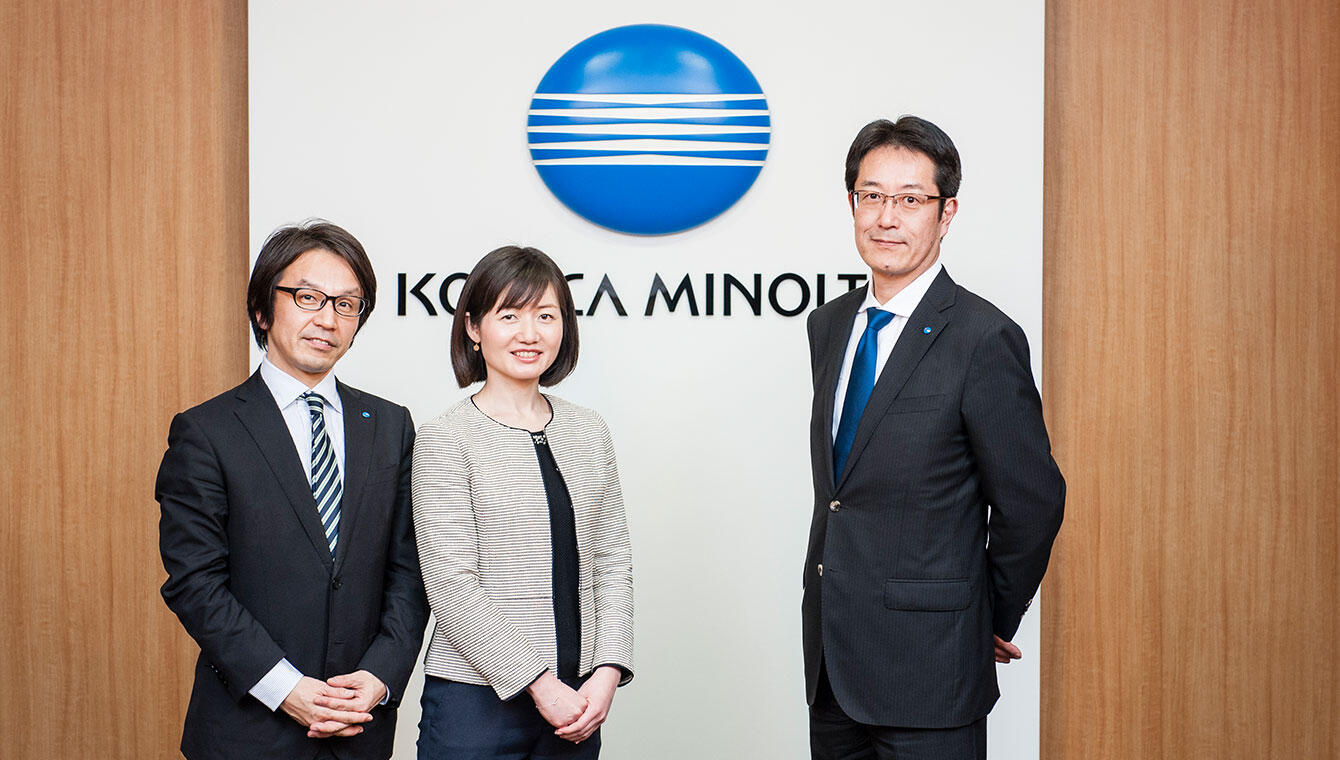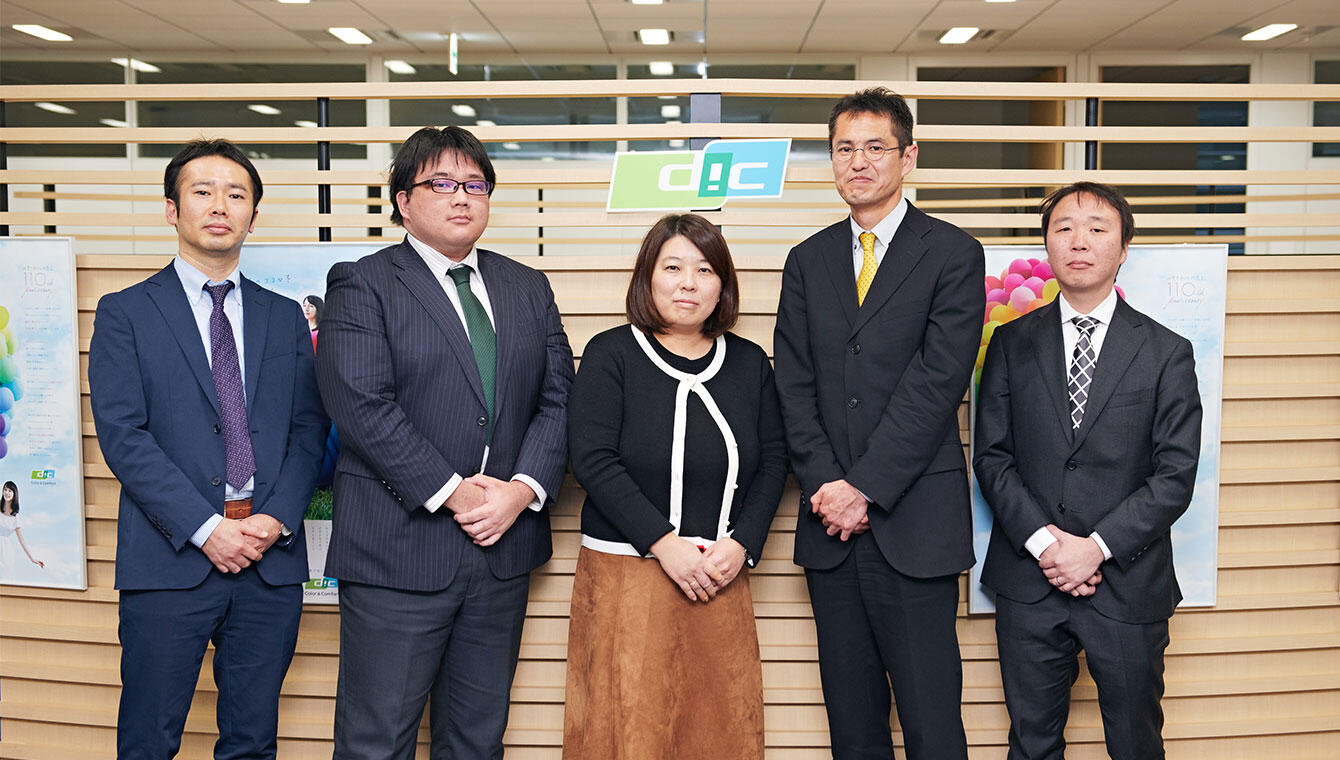Challenges
- Urgent need to enhance the global consolidated performance management platform that cuts across a wide range of businesses and locations
- Streamlining aggregation work that previously relied on manual Excel-based work and automating processes
- Developing and introducing information infrastructure to realize more advanced data utilization and data management
Implemented Products/Solutions
SAP BPC, Budget Management/Consolidated Business Management Solution "B-EN-Ggpm"
Project Background
Throughout its more than 100-year history, DIC Corporation (DIC) has expanded its business into a variety of fields, including automobiles, home appliances, food, and housing, based on organic pigments and synthetic resins, which are the basic materials for ink. Currently, it boasts the world's top market share in printing inks, organic pigments, and PPS compounds, and is a global chemical manufacturer that operates through 174 group companies in 64 countries and regions around the world.
Since 2012, SAP ERP has been implemented in phases at each of the company's global locations and has been used as the foundation for group management, but one of the ongoing issues was how to strengthen consolidated performance management for the company's expanding global business. The decision to implement SAP BPC (Business Planning and Consolidation) was made with the aim of building a foundation for integrated management of accounting data across global locations and for more accurate decision making.
The project had the following three main goals. First, to automate the accounting data compilation process, which until then had been done manually using Excel, and to streamline the process from data generation to processing and utilization. Second, to subdivide accounting items down to a more specific product level, and to build a foundation for accurately grasping the actual status of business operations. Finally, the company needed to make a strategic move toward future growth by utilizing advanced data, which is indispensable for global business, and data-driven strategic planning. If the complicated and inefficient processes could be automated and the databases managed individually by each group company could be integrated at the headquarters, a global one-instance database would be created in which domestic and overseas group companies could share performance and budget data, and consolidated management would be strengthened. This was the primary objective of implementing SAP BPC.

Key Decision Makers
Mr. Jun Kaneko, Accounting Manager
Mr. Keisuke Nakamura, Manager, Corporate Planning Department
Mr. Kosuke Nakanishi, Manager, Service & Development Group, Information Systems Department
Implementation Project Overview
In 2006, the company introduced SAP BOFC (SAP BusinessObjects Financial Consolidation) as an accounting reporting tool, but the problem with this environment was that it could only visualize the actual status of operations within the framework of "Product Headquarters." In this project, B-EN-Ggpm, a template developed by B-EN-G for SAP BPC (Global Performance Management: supporting a wide range of functions for budget management and consolidated performance management), was utilized to enable the visualization of operations at the level of "Product Groups," which is a further subdivision of the business, and an important requirement for the project.
Implementation Results
The new system eliminates the double work of compiling Excel sheets at the head office and registering them in SAP ERP, resulting in a significant time savings. In addition, in terms of system operation, the use of "B-EN-Ggpm" has brought about labor savings and increased efficiency. For example, by using templates, customization work is minimized, greatly improving development and operational efficiency. If we were to develop this in-house from scratch, it would have required a considerable amount of effort and man-hours. The company's information systems department continues to accumulate new knowledge, technical skills, and documents related to SAP BPC. All of these will have great significance for the IT operations that will support future global business.
- Aggregation work is consolidated and automated on SAP BPC, reducing work time.
- Visualization of each product business and identification of improvement issues through more segmented performance management axes
- Evolution of the system from simple data aggregation and management to the foundation of advanced analysis and data management
Future Outlook
DIC, which has succeeded in overcoming one of its challenges in further expanding its global business with a new consolidated performance management platform using SAP BPC, is also feeling a clear sense of change within the company. Motivation and awareness at the workplace is increasing as it has become possible to understand the actual status of each company and the group total of each product business in more detailed axes of performance management. By having conversations and discussions based on these, they hope to solve various problems in the future.
At this point, DIC is at the stage of realizing the aggregation function of budgets and estimates, but DIC is looking to expand the scope of application of SAP BPC for more strategic use of data. The company hopes to create a system that will lead to more data-driven management through enhanced analysis, and ultimately analyze the revenue and expenditure structure of all global businesses in an integrated manner. The company will eventually create a system to analyze the income and expenditure structure of all its global operations.
Case study company introduction
| Company Name | DIC Corporation DIC Corporation |
| Establishment | March 15, 1937 |
| Head office location | Chuo Ward, Tokyo |
| Business Activities | Manufacture and sale of printing inks, organic pigments, synthetic resins, etc. |
| Company website | https://www.dic-global.com/ja/ |
*Please note that organization names, positions, numerical data, etc. in the article are based on the time of the interview and may have changed by current viewing.
Related Solutions
Relevant information and case studies based on solutions presented above.
Related Case Studies

NISHIMATSU CONSTRUCTION CO.,LTD.
Data Utilization Infrastructure Development (MDM and BI Environment): Case Study for Promotion of Digital Transformation
Construction/Engineering
Data Management Platform Implementation & Utilization

KONICA MINOLTA, INC.
Master Data Management (MDM) System Construction: Case Study Supporting Sophistication of Global Management
Precision mechanical equipment
Data Management Platform Implementation & Utilization

LOGISTEED, Ltd.
Master Data Integration to Strengthen Group Management MDM System Construction
Logistics
Data Management Platform Implementation & Utilization

